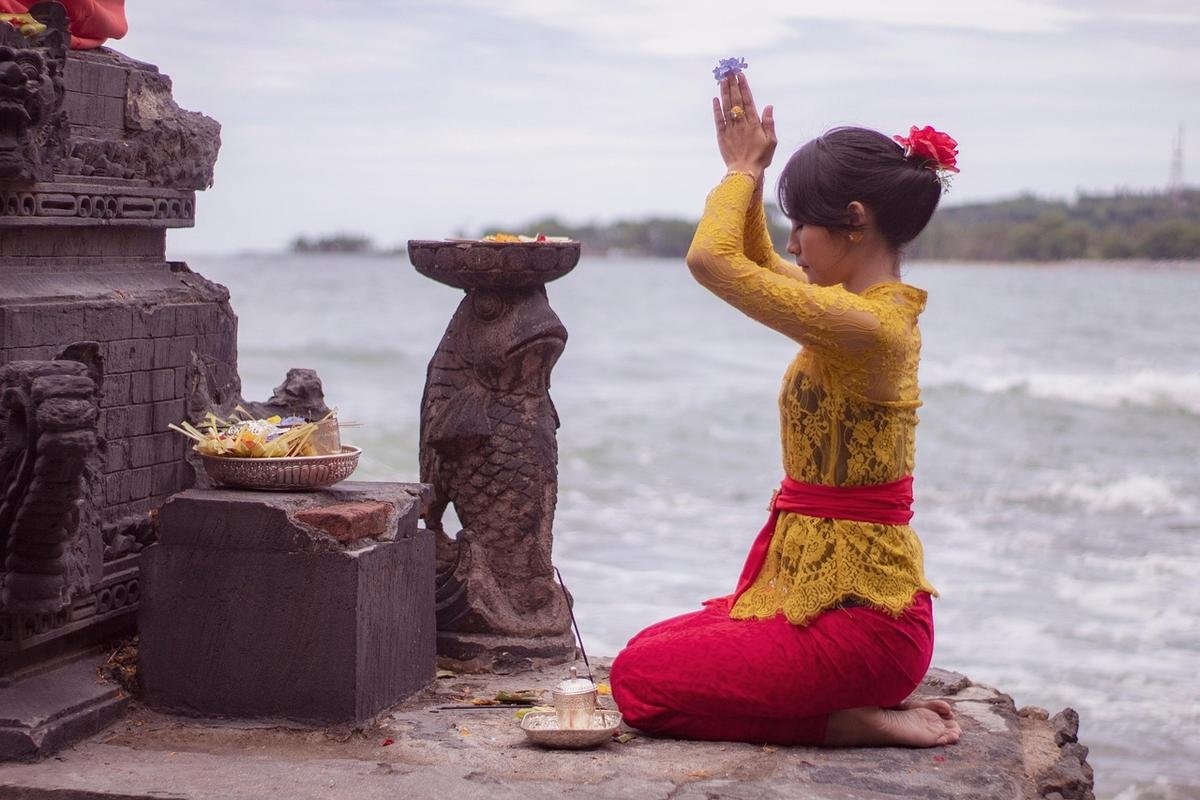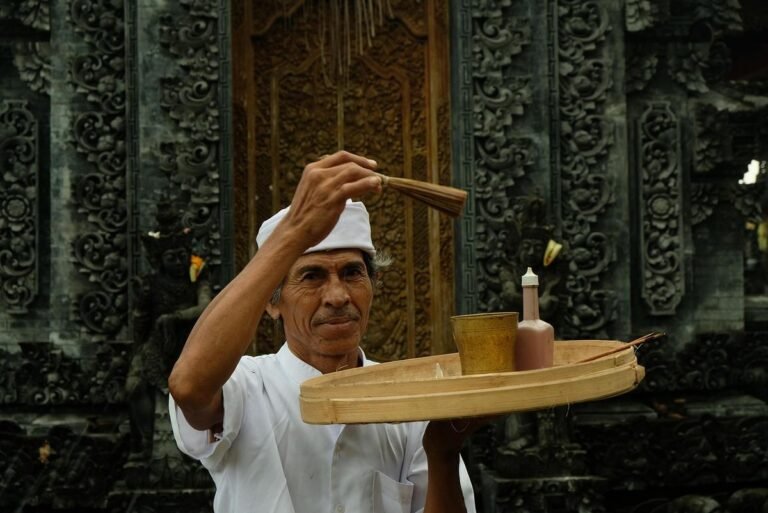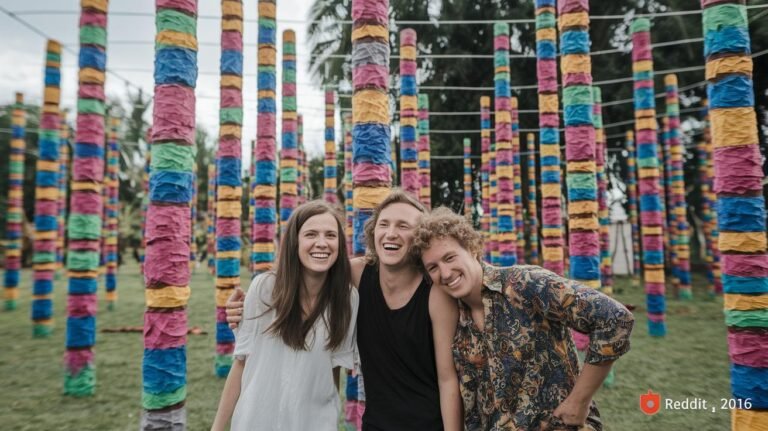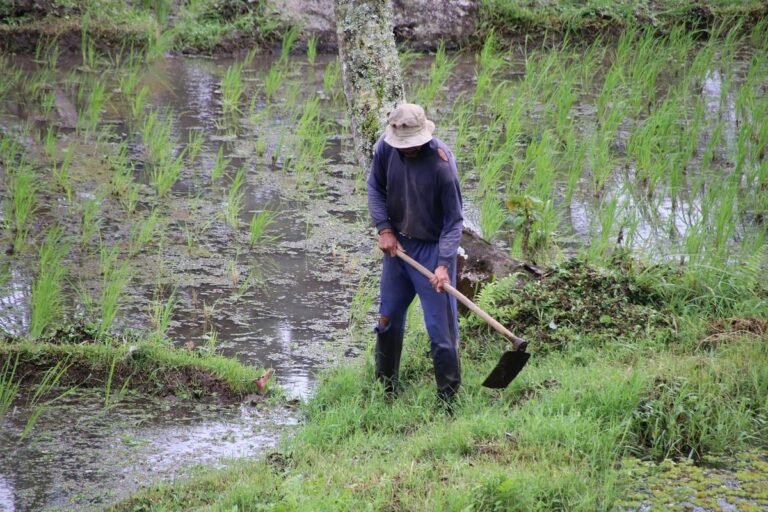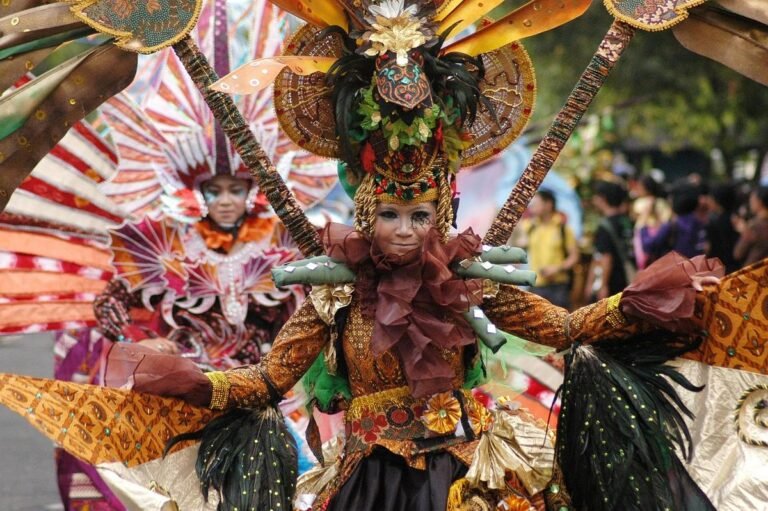Bali’s Sebatu Village Honors Divine Blessings with Time-Honored Nyacahin Ritual
Sebatu Village sits in Tegallalang District, Gianyar Regency, marking the northern edge of that regency. This community is widely recognized for its cultural practices passed down through the ages. These include local dialects, temple rituals, social gatherings, forms of expression like music and painting, plus etiquette that defines daily conduct.
In Bali, cultural rituals draw global interest thanks to performances, sacred rites and the Tri Hita Karana philosophy, which guides daily living through harmony among people, nature and the divine. That concept establishes three paths to well-being: social solidarity, environmental balance and spiritual devotion. It shapes temple festivals, water management and communal gatherings. Among local observances, Sebatu’s Nyacahin ceremony stands out.
The Nyacahin rite in Sebatu has continued for countless years. Villagers see it as a key opportunity to give thanks to Ida Sang Hyang Widhi Wasa for the blessings granted through their harvests. The ceremony falls each year between sasih Kapitu and Kawulu on the traditional calendar, which corresponds approximately to the seventh and eighth months. Village elders insist that every household must take part.
For twelve days, residents of the traditional settlement must refrain from shaving facial hair, trimming hair, clipping nails or crossing designated boundaries. Visitors are asked to respect these limits. The community also suspends Berata practices and makes no private prayers or supplementary offerings intended for the Nyacahin ceremony. Many villagers believe that breaking these rules brings misfortune, so they follow them.
Once the initial twelve-day observance ends, villagers pause for three days before performing the Mengsanghyang Sanghyang ceremony, which involves trance dances and offerings at the village temple. On the sixth day following that ritual, they hold the Muat Emping celebration, sometimes called the second Nyacahin. This event centers on a Tegenan offering that features an assortment of seasonal produce gathered across the community.
Hanging from the bamboo frame of the Tegenan offering, one finds oranges, salak, pineapples, bananas and other fruits cultivated by local growers. Villagers contribute traditional rice cakes, assorted chicken, pork, crab and other items from their home gardens. Most participants work rice paddies, vegetable plots and orchards throughout the year, tending fields by hand and passing skills to younger generations.
By linking two separate offerings together with bamboo poles, Sebatu’s residents present a striking display that reinforces the community’s unity. Each bamboo structure carries layers of produce and cooked dishes. The ritual honors the connection between the village and the land and highlights the importance of shared responsibility in maintaining fertile soil and abundant yields.
Locals say that holding the Nyacahin observance each year invites prosperity back to their fields and plantations. They see this annual custom as both a sacred duty and a reminder of their shared connection with the natural world. After the ceremony, villagers distribute portions of the offerings among families so that blessings reach every household and goodwill carries forward into the planting season.

